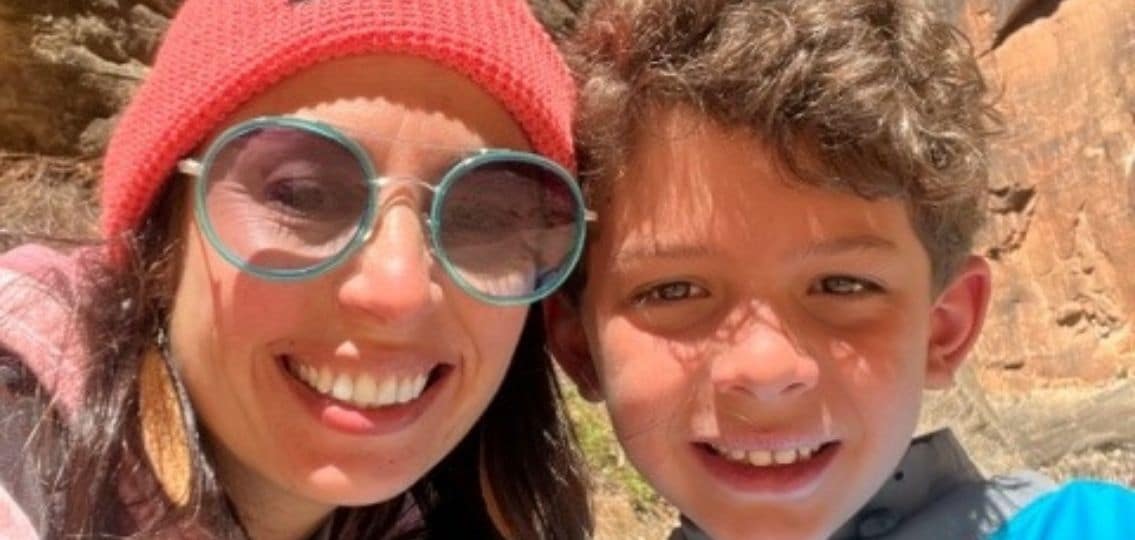[ad_1]
Knowing exactly what to do in an emergency and responding accordingly isn’t always easy when it comes to our little ones. Seeing them in pain or distress can cause us to panic, freeze, or do something we think is right but can actually make the situation worse.
In an emergency, every second counts. Alarmingly, injuries are the leading cause of death for Australian children aged 1-14 years, and one of the leading causes of hospitalisation. We all have potential hazards in the home, and children are particularly at risk as they are very curious and like to explore their surroundings. And not to mention, put everything in their mouth!
Even if you think you know what to do if the unthinkable does happen, there are several misconceptions floating around. Let’s look at two of these first aid myths (you might have seen them on TV shows or heard them from well-meaning relatives) and what the correct paediatric first aid instead.
Burns and scald injuries are commonly caused by hot drinks, hot tap water, stoves, vehicle exhausts, treadmills, and campfires. Using ice, lotions, creams or food items such as egg whites, butter, and toothpaste can actually make the burn worse.
Correct treatment for a burn
Place it under cool running water for 20 minutes – this helps reduce the pain and to minimise any further injury to the skin. Cover the burn with a clean non-adhesive dressing and seek medical attention. If the burn is larger than a 50 cent coin, call triple zero (000) immediately.
Know exactly what to do by saving or printing off Kidsafe’s poster for the prevention and first aid treatment for minor burns
Potential poisoning hazards include household cleaners and detergents, medication, and even some plants. If you suspect your child has been exposed to a poison, do not delay seeking medical care and do not induce vomiting. Inducing vomiting is not ideal because you may not know what poison the child has ingested and vomiting may cause further injury to the oesophagus (food pipe) when bringing it back up.
Correct treatment if a child has ingested a poisonous substance
If possible, find out what poison is involved, keep the container, and call the Poisons Information Centre on 13 11 26 (24 hours a day, 7 days a week Australia wide) for first aid advice. They will advise you of what to do next. If the child has collapsed, stopped breathing, is fitting or is having an anaphylactic reaction, ring triple zero (000) for an ambulance.
There are so many more potential hazards to babies other than burns and poisons. If you are a parent or carer of young children, it’s vital that you know what first aid steps to take for an infant or child during an unexpected emergency.
The only way to do that is to undertake a paediatric first aid course and update your skills regularly to ensure that you are always prepared. Learning first aid equips you with the awareness and skills to help prevent injuries from occurring, and assist a child who is choking, drowning, having a febrile convulsion or an allergic reactions.
We recommend Kidsafe Victoria’s paediatric first aid course, which is run in collaboration with Emergcare. The 3 hour education training program (online or face to face) is delivered by experienced paramedics and suitable for parents, carers, grandparents, and anyone involved in the care of young children. All of their paediatric first aid training is aligned with the Australian Resuscitation Council (ARC) Guidelines and includes infant and child CPR.
[ad_2]
Original Source Link

 PARENTING TIPS
PARENTING TIPS PREGNANCY
PREGNANCY BABY CARE
BABY CARE TODDLERS
TODDLERS TEENS
TEENS HEALTH CARE
HEALTH CARE ACTIVITIES & CRAFTS
ACTIVITIES & CRAFTS


